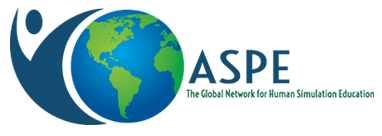By: Jennifer Syltie Johnson
Submitted by: Todd Lash, The Ohio State University
When the University of Minnesota announced on March 12, 2020, that all in-person classes at its five campuses were moving to online learning, it was a first in the University’s history. Campus Public Health Officer and Vice President for Clinical Affairs Jakub Tolar, MD, PhD, had announced that all in-person instruction, including clinical rotations, was suspended and moving to alternative instruction a day earlier. On March 13, Tolar’s update included a challenge to colleagues: “Leadership is not measured by meetings or committees,” he wrote. “It is the ability and willingness to stand up to the challenge and deliver a rational, measured, effective response. Over and over again.”
